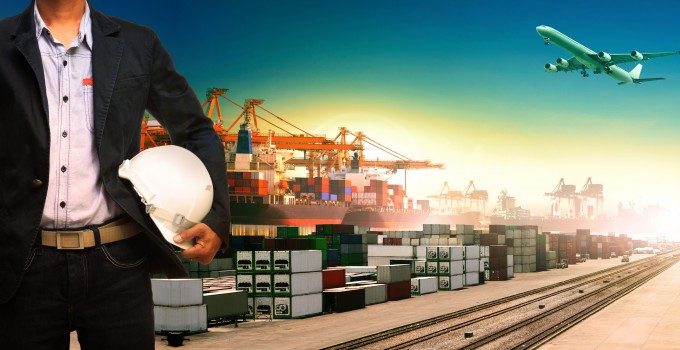Gemini to reintroduce direct Asia-Europe calls at Aarhus and Gothenburg
The first cracks in the Gemini partners’ philosophy of limiting direct calls on their Asia-Europe ...
WTC: RIDE THE WAVEFDX: TOP EXEC OUTPEP: TOP PERFORMER KO: STEADY YIELD AND KEY APPOINTMENTAAPL: SUPPLIER IPOCHRW: SLIGHTLY DOWNBEAT BUT UPSIDE REMAINSDHL: TOP PRIORITIESDHL: SPECULATIVE OCEAN TRADEDHL: CFO REMARKSPLD: BEATING ESTIMATESPLD: TRADING UPDATEBA: TRUMP TRADE
WTC: RIDE THE WAVEFDX: TOP EXEC OUTPEP: TOP PERFORMER KO: STEADY YIELD AND KEY APPOINTMENTAAPL: SUPPLIER IPOCHRW: SLIGHTLY DOWNBEAT BUT UPSIDE REMAINSDHL: TOP PRIORITIESDHL: SPECULATIVE OCEAN TRADEDHL: CFO REMARKSPLD: BEATING ESTIMATESPLD: TRADING UPDATEBA: TRUMP TRADE

When things go wrong in complex supply chains, where there are multitudinous independent links, problems have a habit of escalating in terms of a magnitude and intractability. Should you ever need evidence of this, simply point to what is happening at the giant US west coast container port complex of Los Angeles-Long Beach. Congestion began to rear its head in late spring, as higher-than-normal import demand appeared to be fuelled by nervous retailers hoping to avoid a repeat of the traumatic ILWU shutdown in 2002. Despite the continuing failure of unions and employers to finalise a new master contract, the current problems are a confluence of factors. “What is happening is on par with the most severe disruption the ports have seen in the past 20 years, including the 10-day 2002 lockout of the International Longshore and Warehouse Union”, writes Journal of Commerce chief content officer Peter Tirschwell.


Comment on this article